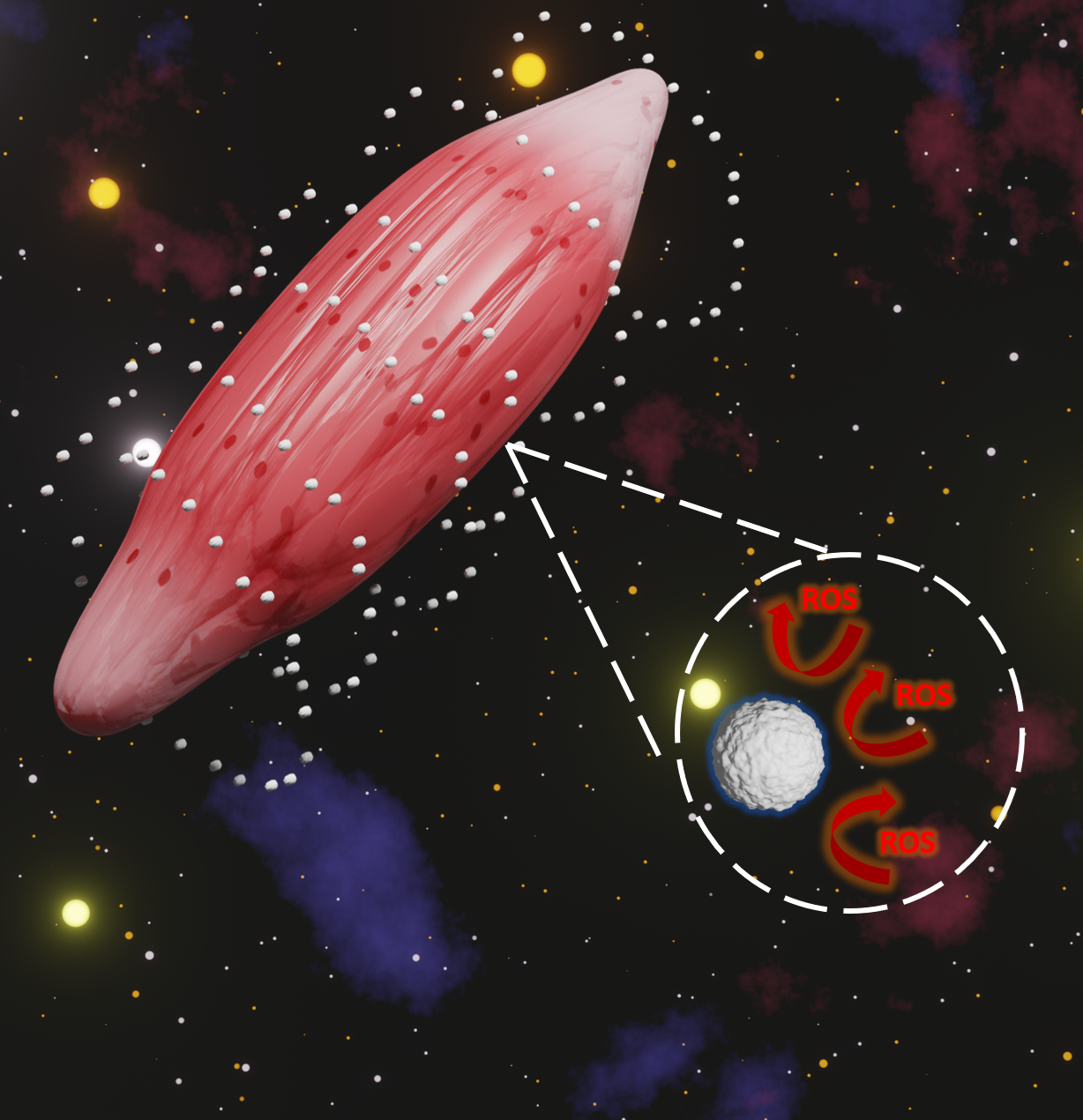Nanotechnological countermeasures against oxidative stress in muscle cells exposed to microgravity (NOEMI)
Research domain: LifeTech - Subtopic: Bio-MaterialsFor their remarkable biomimetic properties implying strong modulation of the intracellular and extracellular redox state, cerium oxide nanoparticles (also termed “nanoceria”) were hypothesized to exert a protective role against oxidative stress associated to the harsh environmental conditions of spaceflight, characterized by microgravity and highly energetic radiations. Nanoparticles were supplied to proliferating C2C12 mouse skeletal muscle cells under different gravity and radiation levels. Biological responses were thus investigated at a transcriptional level by RNA next-generation sequencing. Lists of differentially expressed genes (DEGs) were generated and intersected by taking into consideration relevant comparisons, which led to the observation of prevailing effects of the space environment over those induced by nanoceria. In space, up-regulation of transcription was slightly preponderant over down-regulation, implying involvement of intracellular compartments, with the majority of DEGs consistently over- or under-expressed whenever present. Cosmic radiations regulated a higher number of DEGs than microgravity, and seemed to promote increased cellular catabolism. By taking into consideration space physical stressors alone, microgravity and cosmic radiations appeared to have opposite effects at transcriptional level despite partial sharing of molecular pathways. Interestingly, gene ontology denoted some enrichment in terms related to vision, when only effects of radiations were assessed. The transcriptional regulation of mitochondrial uncoupling protein 2 in space-relevant samples suggests perturbation of the intracellular redox homeostasis, and leaves open opportunities to antioxidant treatment for oxidative stress reduction in harsh environments.
Project funding: European Space agency (ESA)

Proliferating mouse myoblasts are sent to the International Space Station. Effects on space radiation and lack of gravity – causing in turn radical (ROS) excess – are assessed at a molecular level, as well as putatively curative effects from the nanotechnological antioxidant nanoceria.
